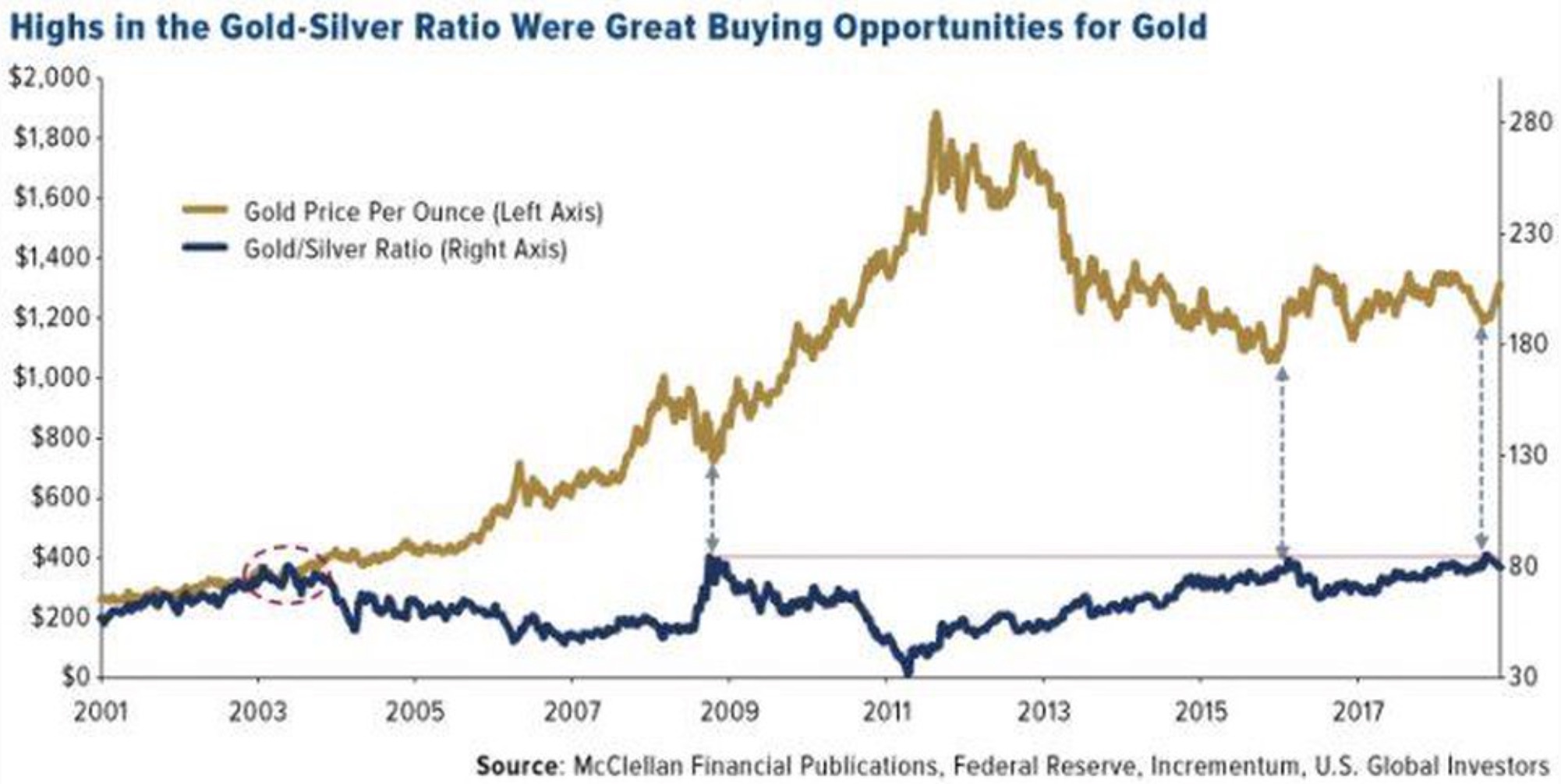“The summer doldrums in the precious metals are over, Eric. Markets are heating up, and increased volatility across the board is likely as we move toward the end of the week…
First, Comex options expire tomorrow. October is not normally a big delivery month, so it should be relatively easy for the central planners and their friends in the big banks to control precious metal prices leading up to expiry like they have done so many times in the past.
Metals Short Squeeze?
Yet we saw good buying in the precious metals today, which resulted in noticeable upside pressure that moved the metals higher after their soft start in the morning in Europe. They moved back toward the top of their trading range, particularly silver. That raises some interesting questions. Are the bullion banks about to be overpowered by the buying coming into the precious metals? Or is it that the bullion banks are now on the long side and the hedge funds short, as some have speculated? If so, are the hedge funds about to be blindsided by a short squeeze in the precious metals?
There are more questions than answers at the moment, Eric, but look at what is happening to oil. It gives us a hint as to why the precious metals are turning higher. WTI is just a chip-shot away from its recent high of $74, which was a 4-year high. And over here in Europe, Brent crude is flirting with $80 a barrel, which is also right at a 4-year high. Rising crude oil prices provide solid evidence that inflation is creeping higher.
All of this is important, but the big news hits the wire on Wednesday afternoon. That’s when I expect the real volatility to start. The Federal Reserve on Wednesday is widely expected to announce another interest rate increase, but I have my doubts. Despite its claim to be independent, the Fed is fanatically political. For that reason, it does not raise interest rates too close to an election.
So is the Fed ready to risk the President’s ire by raising interest rates with the mid-term election looming? Maybe the answer lies in this chart of the Dollar Index...

